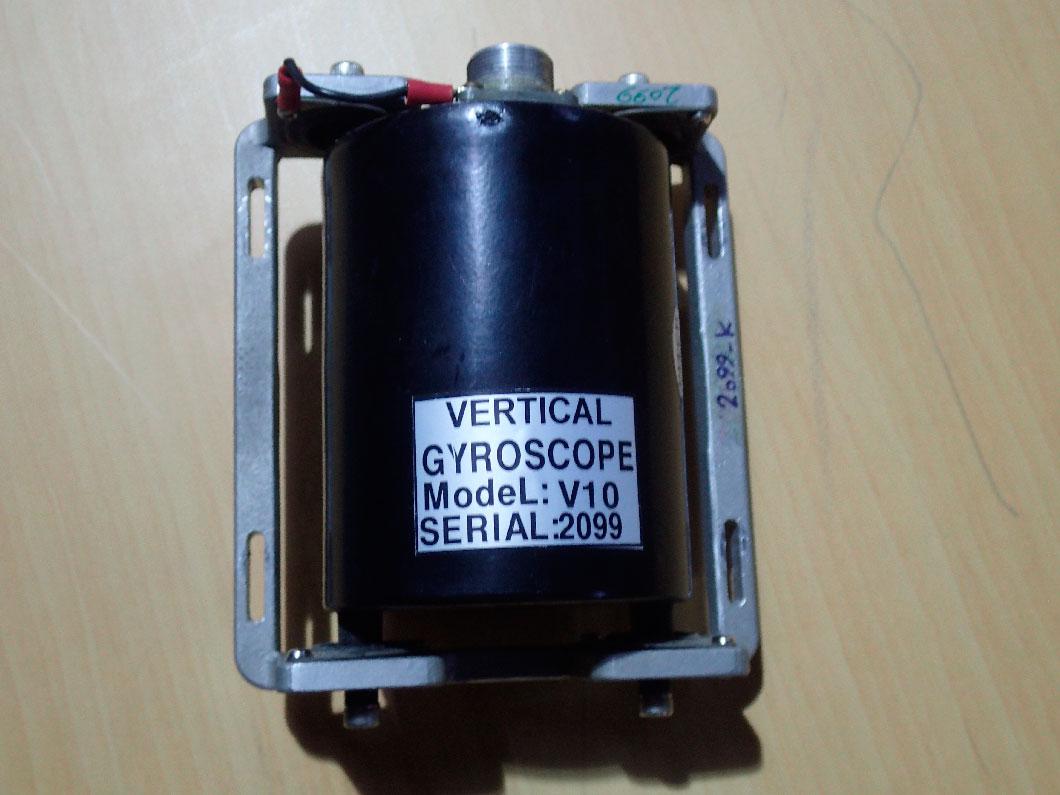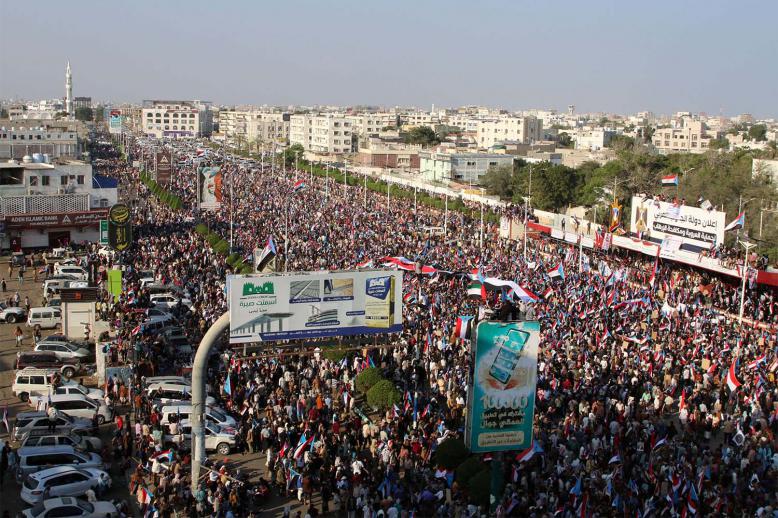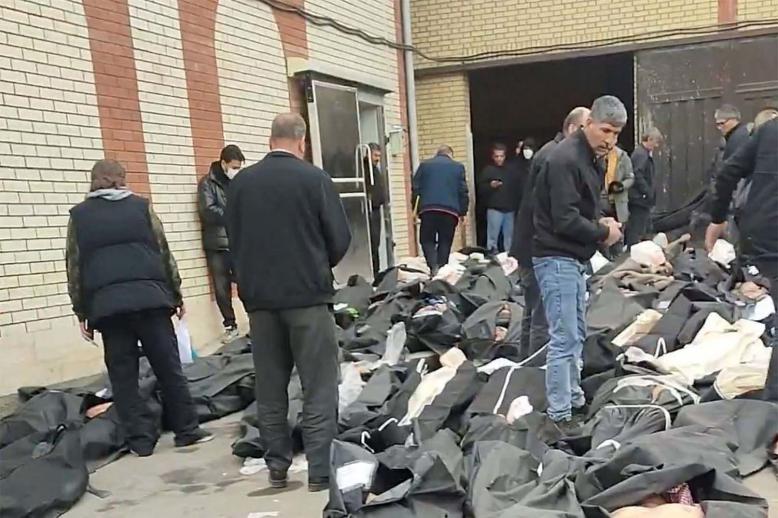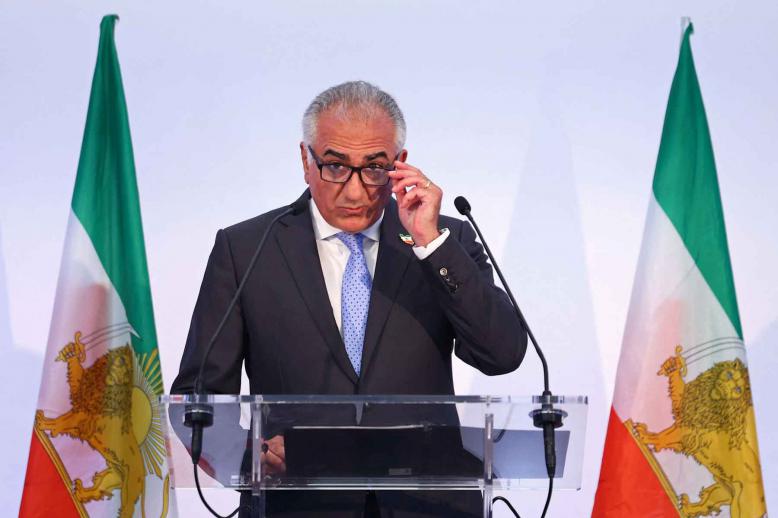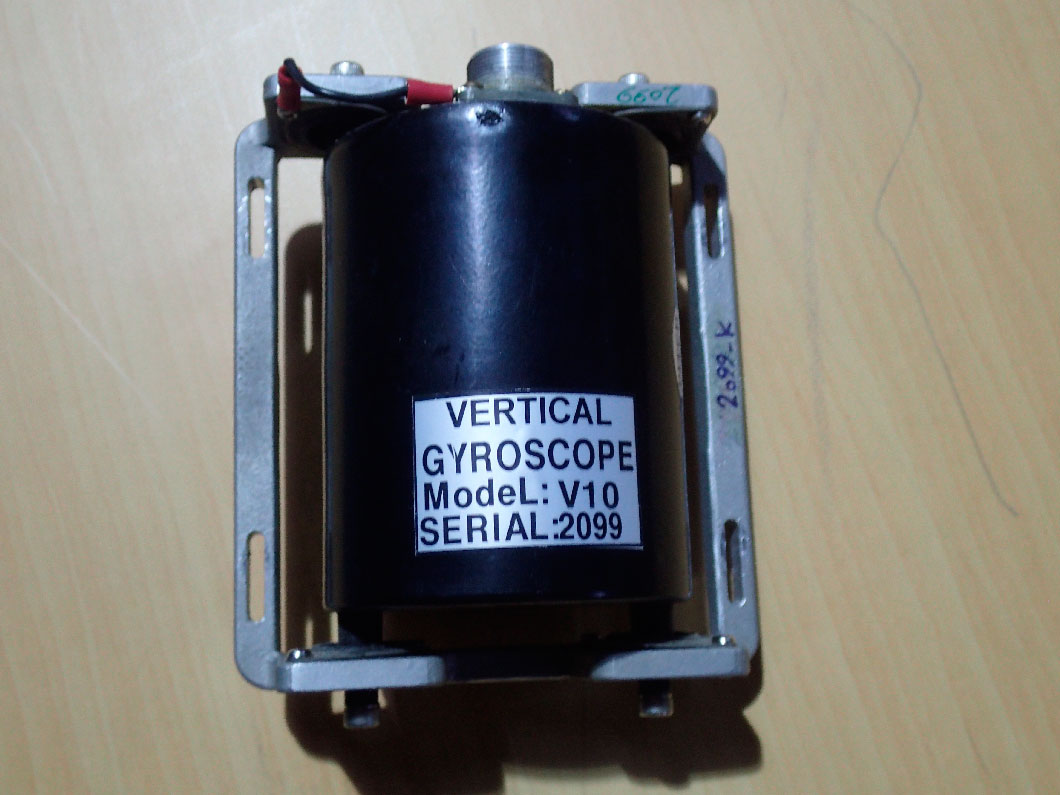Parts found in missiles, drones link Iran to attacks
DUBAI — A report from arms watchdog Conflict Armament Research (CAR) has found that components used in the construction of the drones that targeted the heart of Saudi Arabia's oil industry match components of drones used by Yemen's Huthi rebels as well as those of other drones known to have been manufactured in Iran.
The CAR report follows a similar, recently released UN report that said experts had seen similar small instruments - called gyroscopes - in an Iranian drone obtained by the US military in Afghanistan, as well as in a shipment of cruise missiles seized in the Arabian Sea bound for Yemen.
The findings lend support to accusations by Riyadh and its allies that Iran was responsible for the attack on state-owned Saudi Aramco's oil processing plants at Abqaiq and Khurais in eastern Saudi Arabia. The attack halved Saudi oil output and led to a spike in energy prices.
Riyadh rejected the initial claim of responsibility for that attack by Yemen's Iran-backed Huthi rebels, and instead blamed Iran directly. A UN investigation has since lent credence to Riyadh's claims, finding that the Huthis did not carry out that missile strike.
The recent reports, however, do further implicate Iran in the arming of the rebels during Yemen's long-running civil war. The rebel Huthis, who hold Yemen's capital, Sanaa, have been battling a Saudi-led coalition, and Yemen's internationally recognised government, since March 2015. A UN Security Council resolution prohibits arms transfers to the Huthis.
“This gyroscope ... we've seen it now enough times in Iranian-manufactured material to be able to confidently say that the presence of it in a Huthi-produced item suggests that the material was supplied from Iran,” Jonah Leff of CAR told The Associated Press news agency.
“According to UAV experts familiar with this technology, such vertical gyroscopes have not been observed in any UAVs other than those manufactured by Iran,” CAR said in its report, which was funded by the European Union and the governments of Germany and the United Arab Emirates.
A gyroscope is a device that helps orient a drone or missile during flight. The gyroscopes in question bear no manufacturer's name and come in at least two versions labeled as V9 and V10, according to the reports. The UN report said that its weapons experts found the V9 version of the gyroscope in drones used in the September attack on Abqaiq
The reports compared the components of drones used by the Huthi rebels with Iranian-made drones recovered by combatants in Afghanistan and Iraq. Their four-digit serial numbers appear sequential, suggesting the same manufacturer had built all of those found.
The UN report noted the discovery of similar V10 gyroscopes “among the debris of both Samad and Qasef UAVs, which have been used by the Huthi forces." The UN also said its experts saw a V9 gyroscope on display in Washington at a military display showing an Iranian Shahed-123 that American officials say they recovered in Afghanistan in October 2016, after it crash-landed.
Images of those gyroscopes match the ones in the CAR report. A similar gyroscope could be seen inside a cruise missile seized by the US Navy in a November raid on a traditional dhow shipping boat in the Arabian Sea. A computer terminal also seized with the missiles, likely used with the weapons, bore Farsi characters on its keyboard.
The CAR report also said some components used in Huthi drones had been discovered in homemade explosives recovered in Bahrain.
Iran has long denied arming the Huthis and has rejected claims from its regional rivals that it is pursuing an imperialist foreign policy and seeks to interfere in the affairs of neighbouring states.
That veil slowly lifted after the January US drone strike in Iraq that killed Iranian Revolutionary Guard Gen. Qassem Soleimani, whose expeditionary Quds Forces led Iran's work with allied proxy forces in Yemen and elsewhere.
Gen. Amir Ali Hajizadeh of the Guard's aerospace program recently gave a speech in front of a Huthi flag, as well as those of the Lebanese militant group Hezbollah, Hamas and other regional Iran-backed groups in an effort to project Iran's power.
But previously, Iran's murky arming of militant groups gave it plausible deniability and an ability to strike at opponents without being directly blamed, analysts say.


